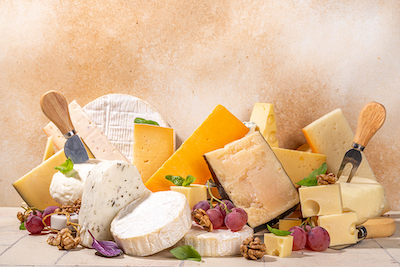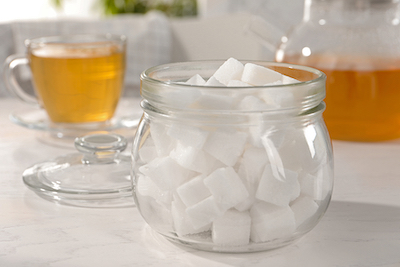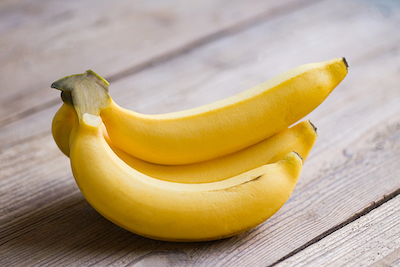When it comes to cheese, there are two main categories: processed cheese and real cheese. While both have their uses and benefits, there are significant differences between the two that are important to understand. In this article, we will explore the differences between processed cheese and real cheese, including their composition, nutritional value, and taste.
What is Processed Cheese?
Processed cheese is a type of cheese that is made by blending real cheese with other ingredients such as emulsifiers, salts, and fillers. This type of cheese is designed to have a long shelf life, be easy to melt, and have a consistent flavor and texture. Processed cheese can come in slices, blocks, or spreads, and is often used in sandwiches, cheeseburgers, and other fast food items.
One of the main benefits of processed cheese is its convenience. It is easy to use, easy to store, and can be used in a variety of ways. It is also typically less expensive than real cheese, making it a more affordable option for many people.
However, the downside to processed cheese is that it is heavily processed and contains a lot of additives. These additives can include artificial colors, flavors, and preservatives, as well as high amounts of sodium and saturated fat. In addition, processed cheese is often made with lower quality cheese, such as cheese that has been aged for a shorter period of time or cheese that has been made from milk that has been treated with growth hormones.
What is Real Cheese?
Real cheese, on the other hand, is made from natural ingredients and does not contain any additives. It is made by coagulating milk, separating the curds and whey, and then aging the cheese for a period of time. Real cheese can come in a variety of forms, including hard, soft, and semi-soft cheeses, and can be made from a variety of types of milk, such as cow, goat, or sheep milk.
Real cheese has a higher nutritional value than processed cheese, as it is a good source of protein, calcium, and other nutrients. It also has a more complex and nuanced flavor than processed cheese, with each type of cheese having its own unique taste and texture.
However, real cheese is often more expensive than processed cheese, and it can be more difficult to work with. Real cheese can be harder to melt and may not have the same consistency as processed cheese, which can make it more challenging to use in certain dishes.
Nutritional Value
When it comes to nutritional value, real cheese is generally considered to be a healthier option than processed cheese. Real cheese is a good source of protein, calcium, and other nutrients, while processed cheese is often high in sodium and saturated fat.
Real cheese also contains a wider range of vitamins and minerals than processed cheese, including vitamin A, vitamin D, and calcium. These nutrients are important for maintaining bone health, as well as supporting the immune system and overall health.
In addition, real cheese is often lower in calories than processed cheese, as it is made from natural ingredients and does not contain any fillers or additives. This can make it a better option for people who are watching their weight or trying to eat a healthier diet.
Taste and Texture
When it comes to taste and texture, there is a clear difference between processed cheese and real cheese. Processed cheese has a more uniform texture and flavor, with a smooth, creamy consistency and a mild taste. Real cheese, on the other hand, has a more complex flavor profile, with different types of cheese having their own unique taste and texture.
Real cheese can be nutty, sharp, tangy, or creamy, depending on the type of cheese and how it has been aged. It can also have a range of textures, from soft and creamy to hard and crumbly.
Processed
Processed cheese, on the other hand, has a consistent texture and flavor, which can make it a good option for people who are looking for a standardized taste. However, many people find that processed cheese lacks the depth and complexity of real cheese, and prefer the more nuanced flavors that can be found in a high-quality piece of cheese.
Uses and Applications
Both processed cheese and real cheese can be used in a variety of dishes and applications. Processed cheese is often used in fast food items, such as cheeseburgers and grilled cheese sandwiches, as well as in convenience foods like frozen pizza and macaroni and cheese.
Real cheese, on the other hand, is often used in gourmet dishes and high-end restaurants. It is also a common ingredient in many traditional dishes, such as lasagna, quiches, and omelets. Real cheese can also be used as a snack or appetizer, and is often served with crackers, bread, or fruit.
In terms of cooking and baking, both processed cheese and real cheese can be used in a variety of ways. Processed cheese is often used in dishes that require a smooth, creamy consistency, such as cheese dips or sauces. Real cheese, on the other hand, can be grated, shredded, or melted, and can be used in a variety of recipes, such as soups, salads, and casseroles.
While both processed cheese and real cheese have their uses and benefits, there are significant differences between the two that are important to understand. Real cheese is made from natural ingredients and has a higher nutritional value than processed cheese. It also has a more complex and nuanced flavor, with each type of cheese having its own unique taste and texture. Processed cheese, on the other hand, is more convenient and less expensive, but is heavily processed and contains a lot of additives.
When it comes to choosing between processed cheese and real cheese, it ultimately comes down to personal preference and the intended use of the cheese. While processed cheese may be a good option for fast food and convenience foods, real cheese is a better choice for those who are looking for a high-quality, nutritious, and flavorful cheese.














